ecosystem-guides.com
....exploring the planet's ecosystems
INDO-MALAYAN
Subtropical/Temperate Montane (Oak & Conifer) Forest
The cool and beautiful mixed forests of the Asian mountains - comfortable and great for birding!
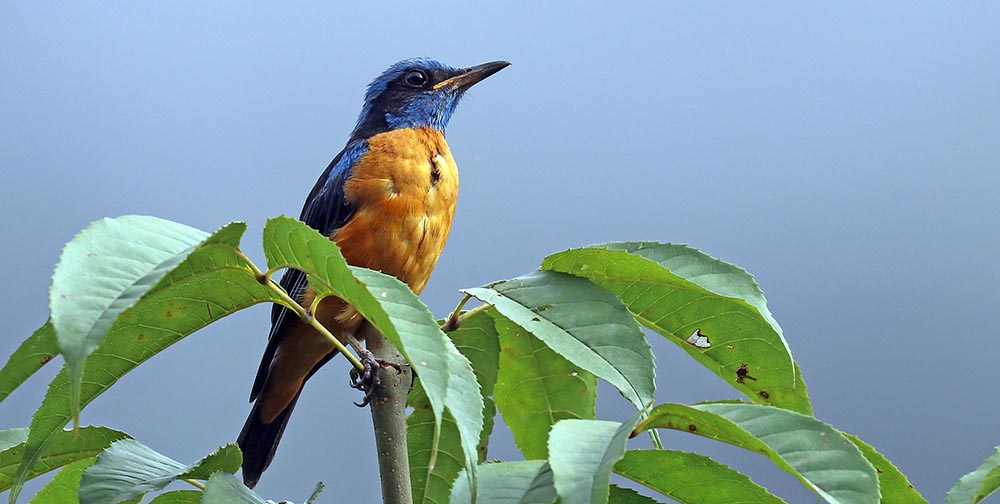 'Chestnut-bellied Rock Thrush' (Bhutan).
'Chestnut-bellied Rock Thrush' (Bhutan).This section covers different vegetation communities. While there are various mountains and ranges across tropical Asia, a long swathe of subtropical/temperate forests are at their easiest to see in the lower Himalayas, particularly in tourist accessible countries such as India, Nepal and Bhutan.
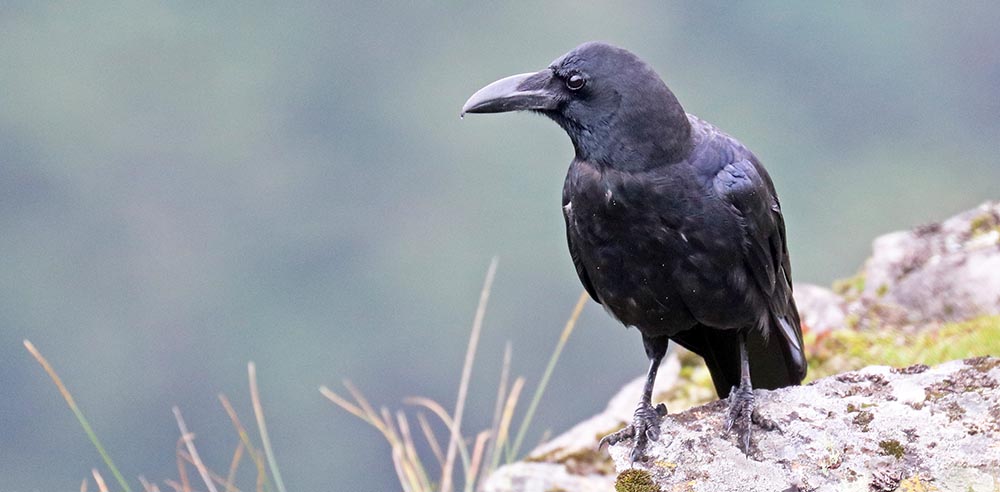 The 'Large-billed Crow'. Lives in a wide range of habitats across Asia, including high altitude temperate forests and alpine areas.
The 'Large-billed Crow'. Lives in a wide range of habitats across Asia, including high altitude temperate forests and alpine areas.The lowland 'jungle' of tropical Asia transitions into cooler but almost as diverse subtropical & temperate forest as altitude increases quickly in northern India, Nepal and Bhutan. The higher altitude forest is often dominated by Oaks, and is interspersed with conifers, thus these mixed forests and woodlands are known as 'Oak & Pine' forests. In wetter valleys and slopes, the dominant trees here are relatives of more familiar and widespread northern hemisphere species, including Quercus Oak, Acer Maple, Betula Birch, Magnolia, and various conifers. But there are also patches of more East Asian elements, such as Bamboo and Rhododendron.
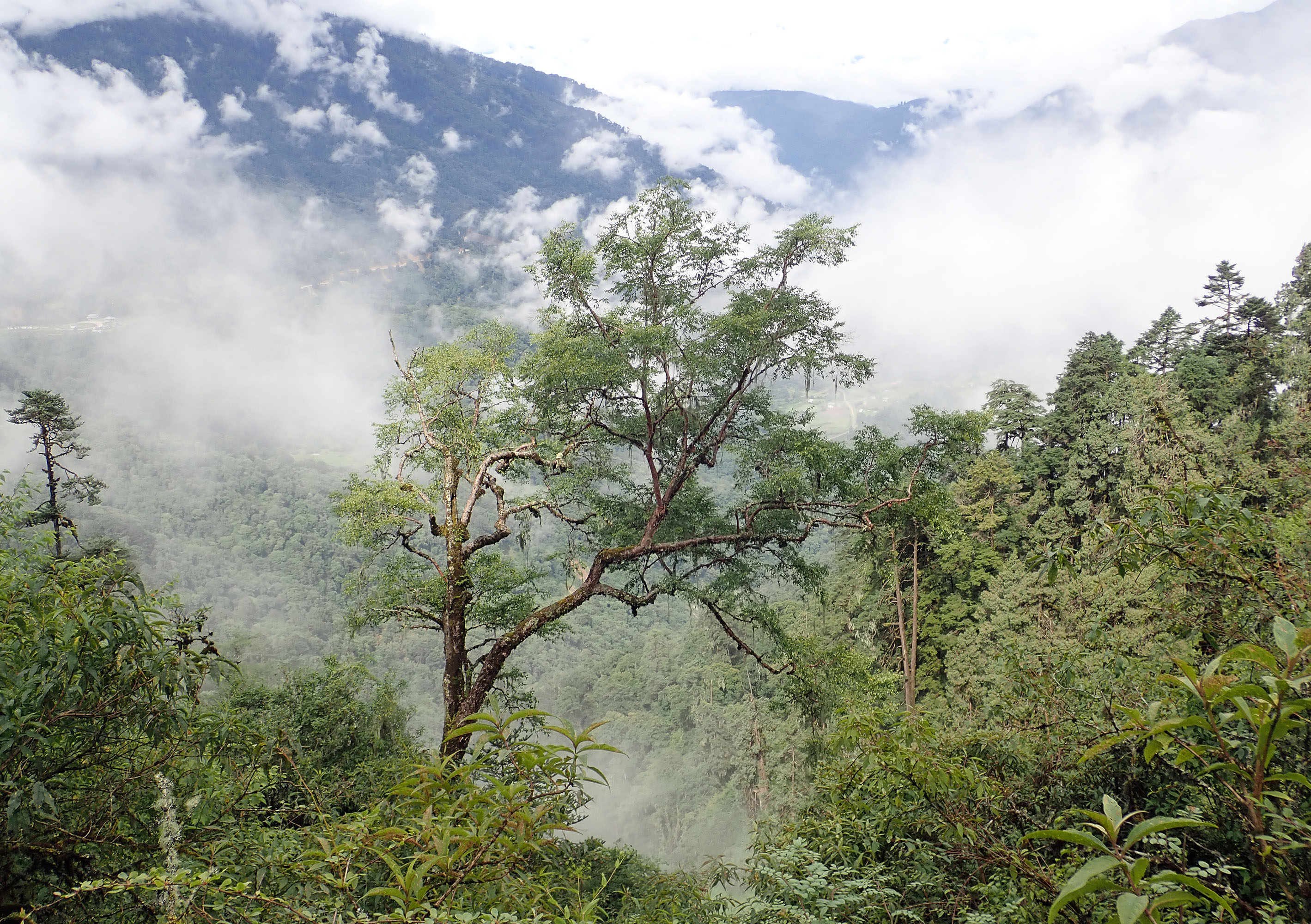
This temperate & subtropical rainforest continues with similar species into the lowlands of the northern Indo-Malay area, including northern Vietnam and mostly southern China. (There is also highland rainforest found in elevated areas around tropical south-east Asia, but this has different series of and distinct plant and animal species.)
In slightly drier adjacent areas are patches of 'Chir Pine' Pinus roxburghii. These forests are often on the slopes of valleys opposite the wetter closed forests, and are depressingly sparse in both plant and animal diversity. Other conifer-dominated vegetation communities include the species poor Pinus wallichiana 'Blue/Himalayan Pine' forests. Higher up we get mixed Picea 'Spruce', Tsuga dumosa 'Himalayan Hemlock' and the beautiful Abies densa 'Bhutan Fir'.
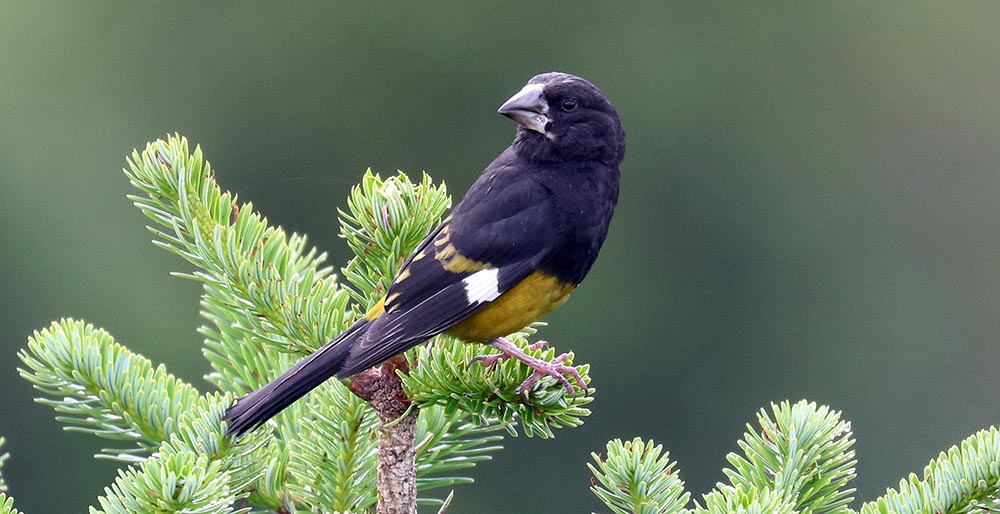 'White-winged Gosbeak', (Bhutan).
'White-winged Gosbeak', (Bhutan).Above this forest, we start to get past the tree line, and these exposed areas host alpine meadows and then relatively barren rocky slopes. This is another biome that may be best considered in the PALEARCTIC region, but I haven't written that yet.
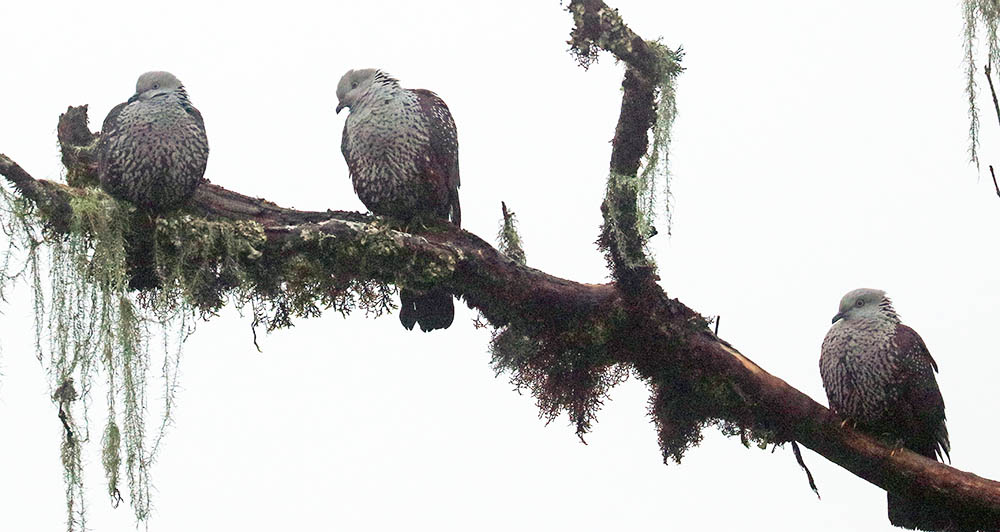 The epiphyitic-laden branches of the higher altitude forest
The epiphyitic-laden branches of the higher altitude forestThe genus of conifers Abies, the 'Firs', contains some 50 or so species. They usually grow as tall trees. Firs can be distinguished from other conifers by the way each single needle-like leaf is attached to the branch with a rounded base. The cones usually stand upright like candles, and then start to fall apart once mature. They are mostly found in mountain forests, and are distributed across Asia, Europe, Africa and North & Central America. Below is Abies densa, the 'Bhutan/Sikkim Fir'. It is most common at 3000 to 4000 metres altitude, in the Himalayan region.
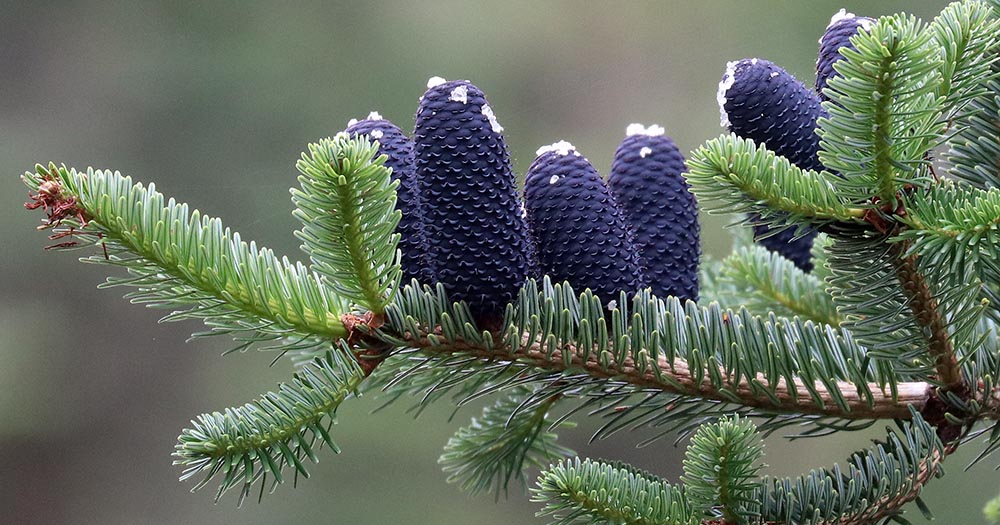
While we might think of Maples (Acer spp.) as Canadian, they are in fact spread across the northern hemisphere, and most species are found in temperate Asia.
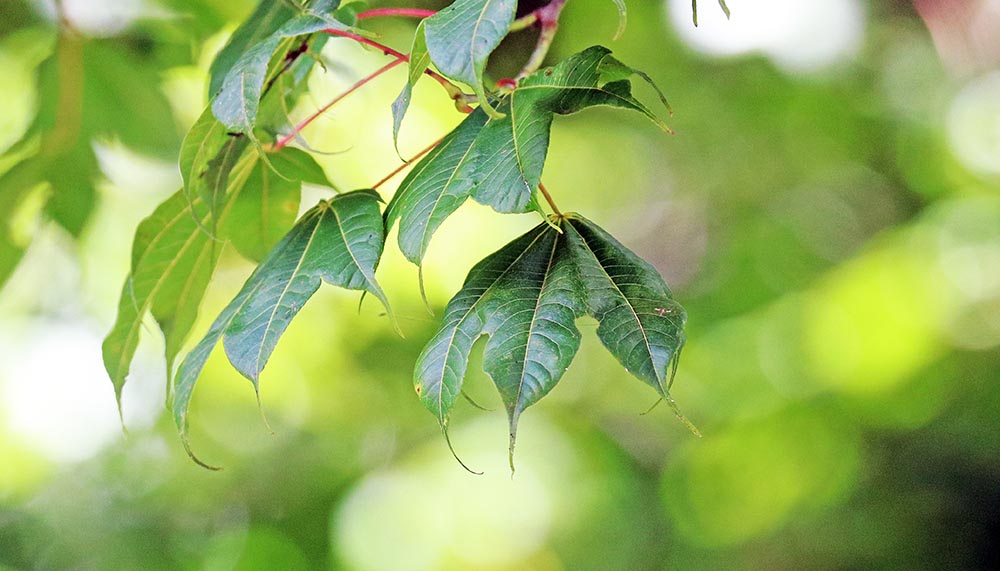
And there is a nice range of flowers in the understory and on the edge of the forest...
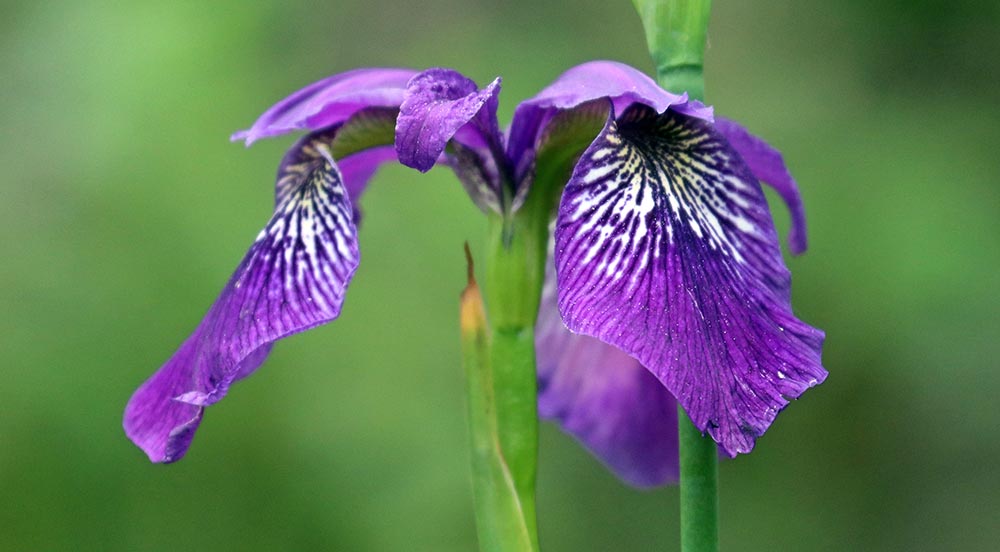 Iris clarkei, Bhutan
Iris clarkei, Bhutan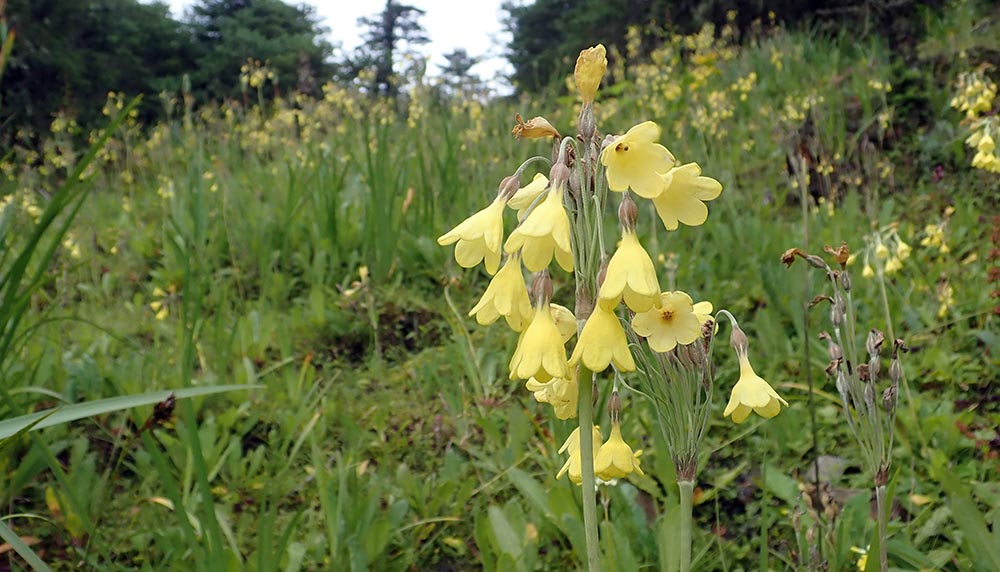 (Chelela Pass, Bhutan)
(Chelela Pass, Bhutan)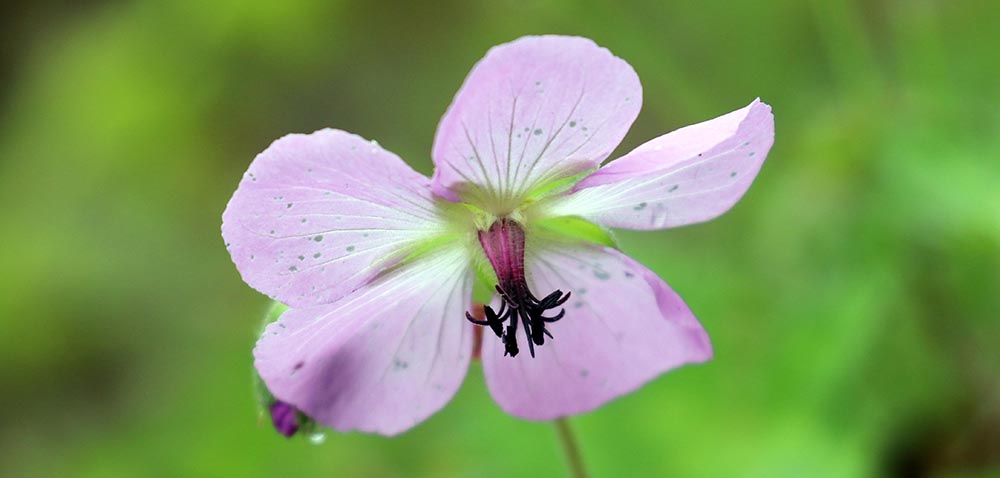
Being cooler forests due to the higher altitudes means there are generally less insects, frogs and reptiles. However, in spring and summer the flowers need pollinators, and so there are some butterflies to be seen...
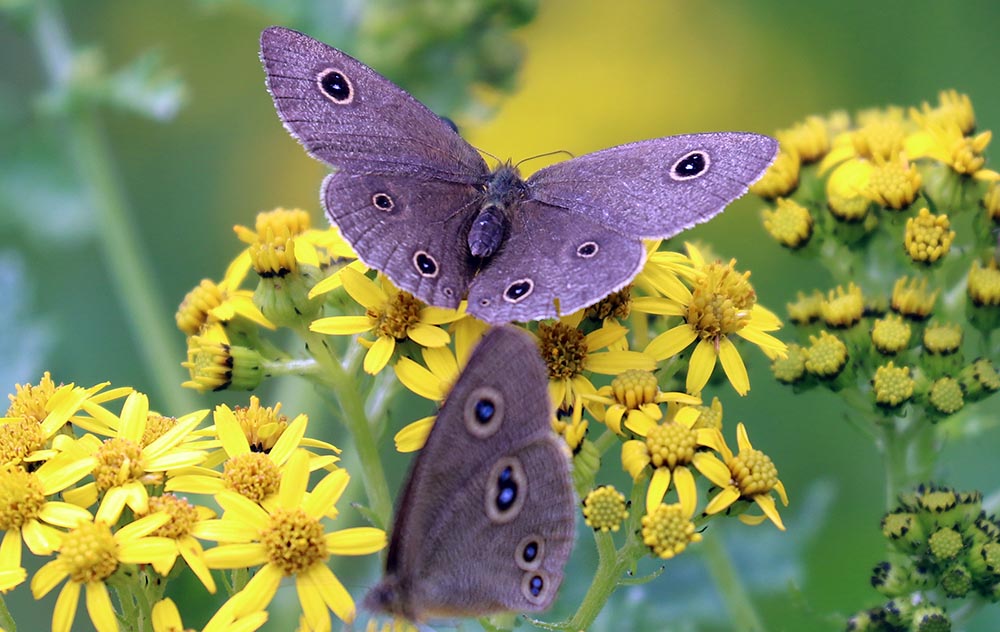 'Ringed Butterfly', (Chelela Pass, Bhutan)
'Ringed Butterfly', (Chelela Pass, Bhutan)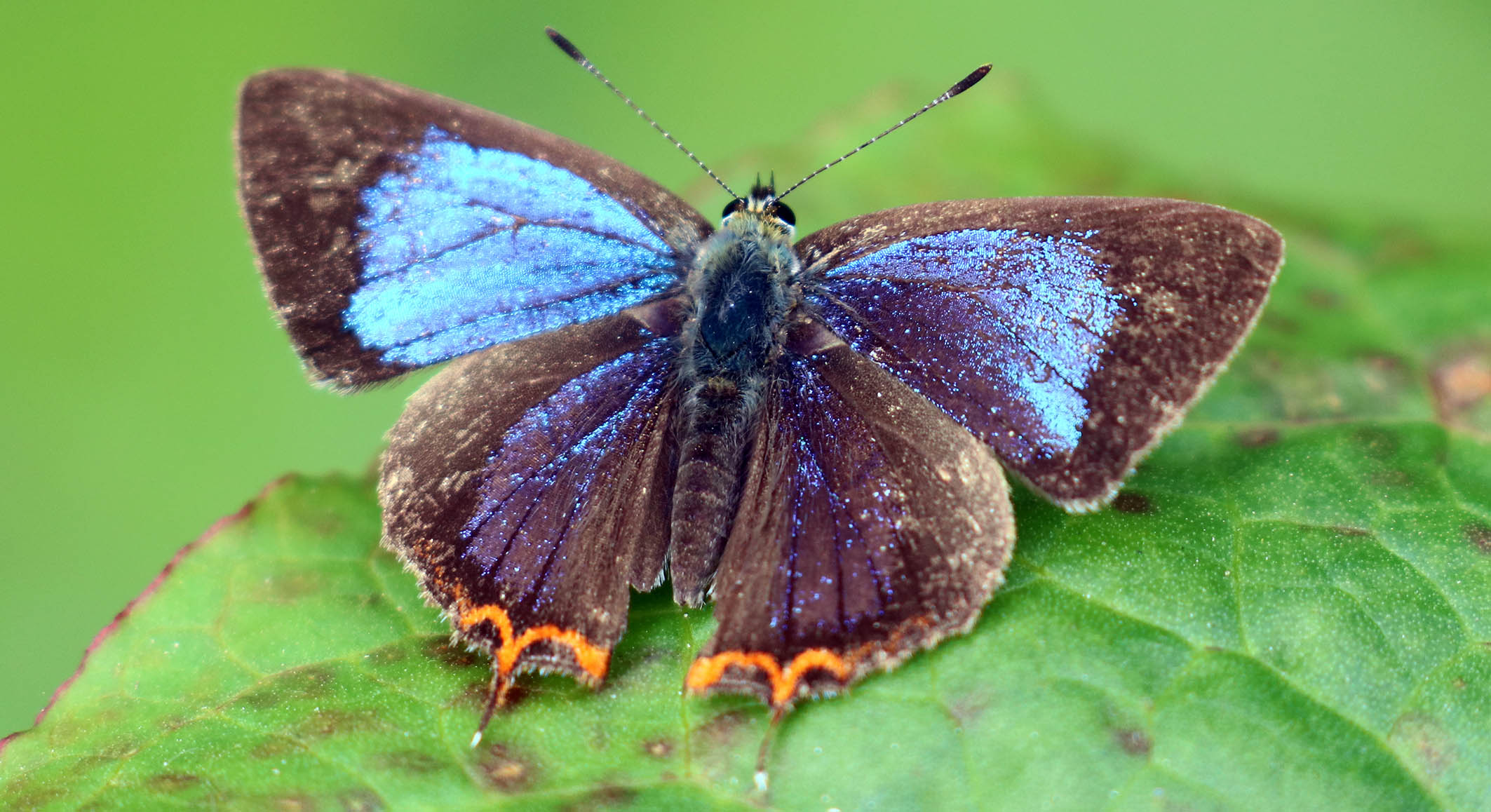 'Azure Saphire', (Bhutan).
'Azure Saphire', (Bhutan).Although many people think of pheasants (family Phasianidae) being found all over the world, these are mostly introduced. The peak of their diversity is in the higher altitude forests of Asia. They are strongly sexually dimorphic, with the males being larger and famous for their bright colours and elaborate tails.
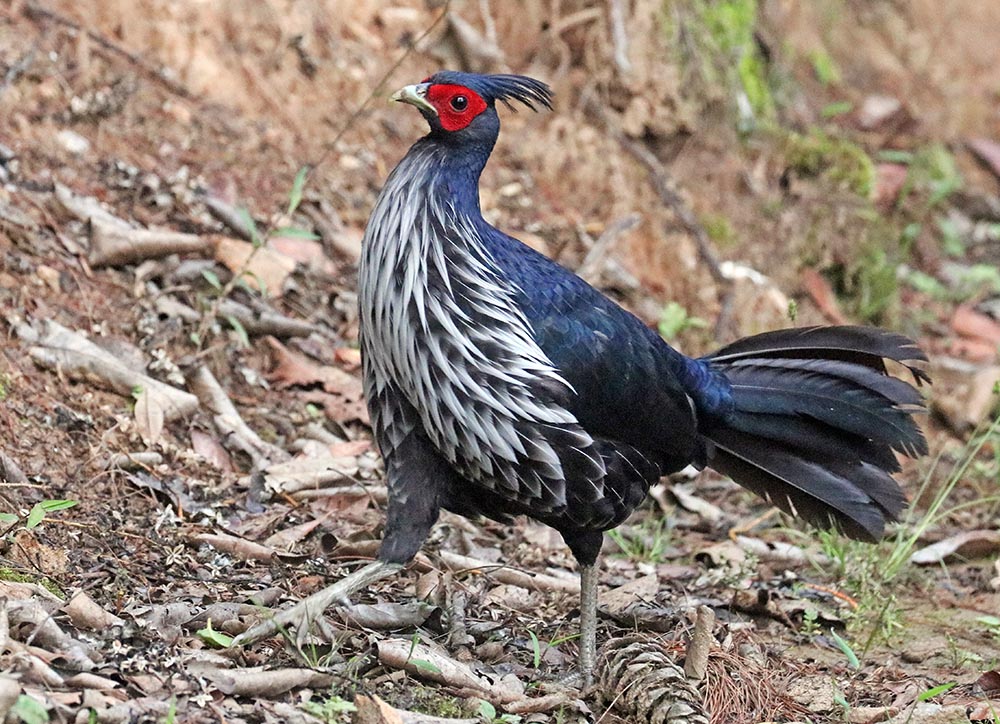 'Kalij Pheasant' (Bhutan).
'Kalij Pheasant' (Bhutan).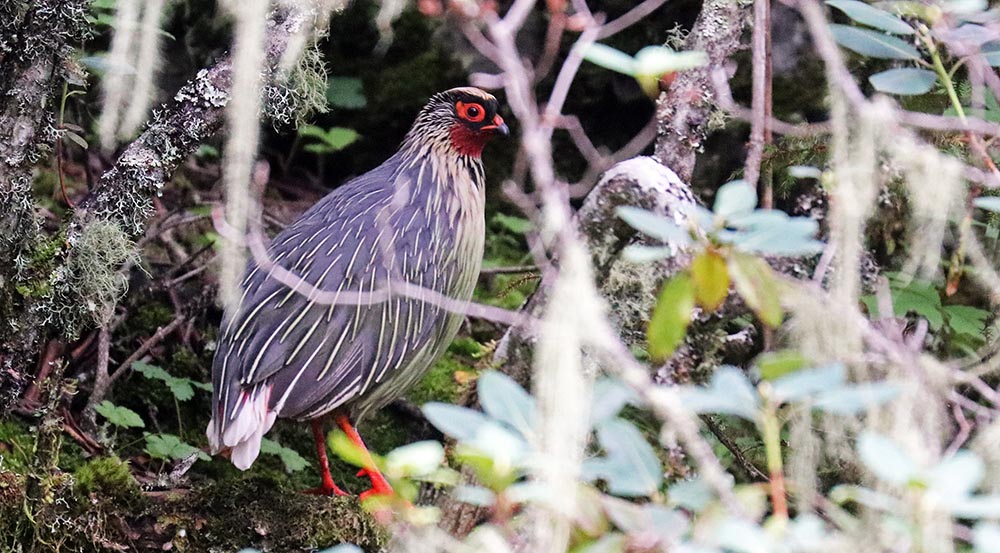 'Blood Pheasant' (Bhutan).
'Blood Pheasant' (Bhutan).The 'Speckled Wood Pigeon' Columba hodgsonii, is found in montane forests around the Himalayan region, across the northern part of the south-east Asian mainland, and into China.
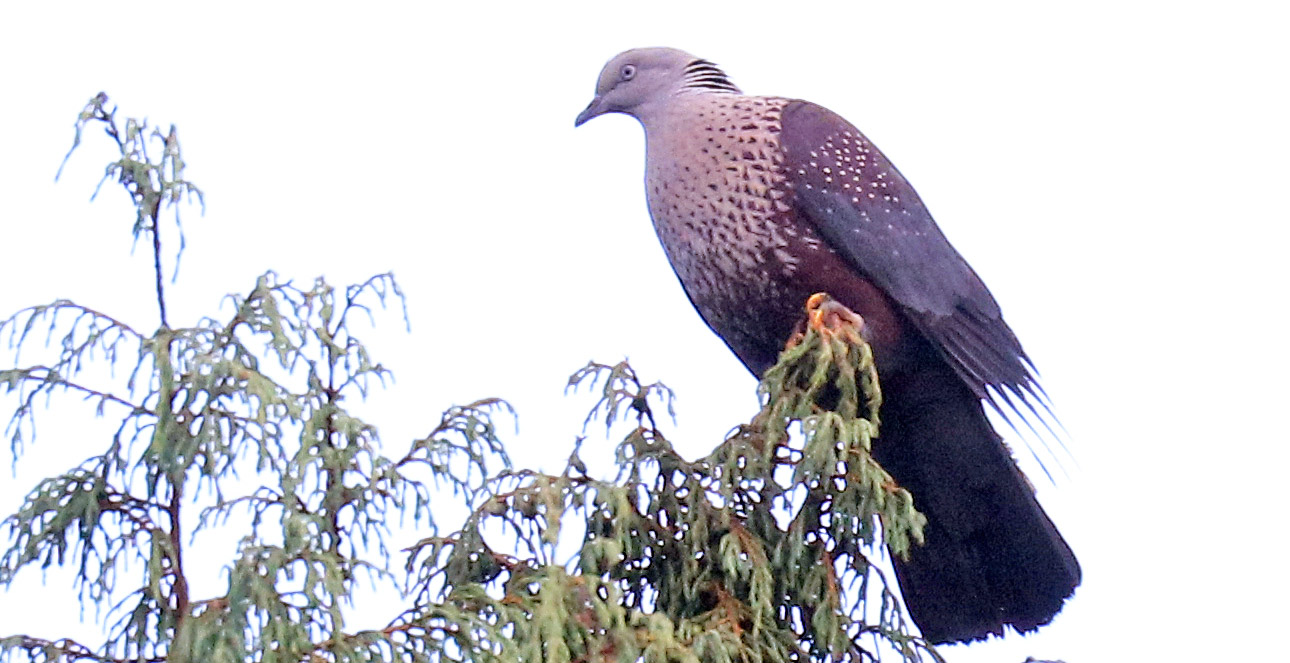 (Bhutan)
(Bhutan)The family Corvidae includes various species found in these habitats, including the 'Spotted Nutcracker', Nucifraga caryocatactes, a subspecies of the more widespread Eurasian Nutcracker, and equally reliant on Pinus cones.
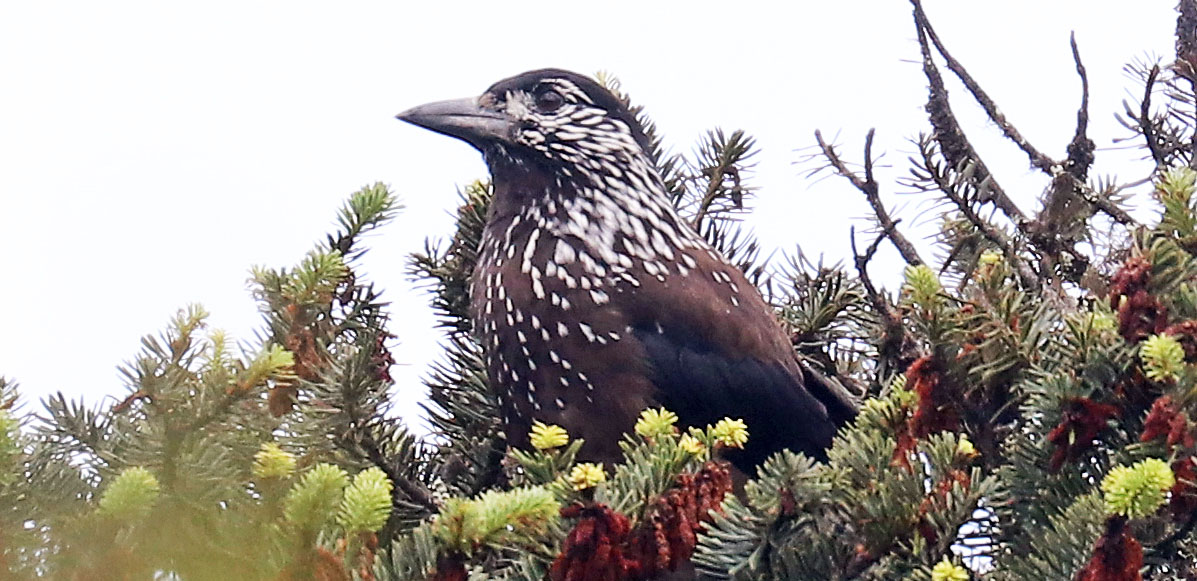 (Bhutan)
(Bhutan)The family also includes the ' Yellow-billed/Golden-billed Blue Magpie', Urocissa flavirostris.
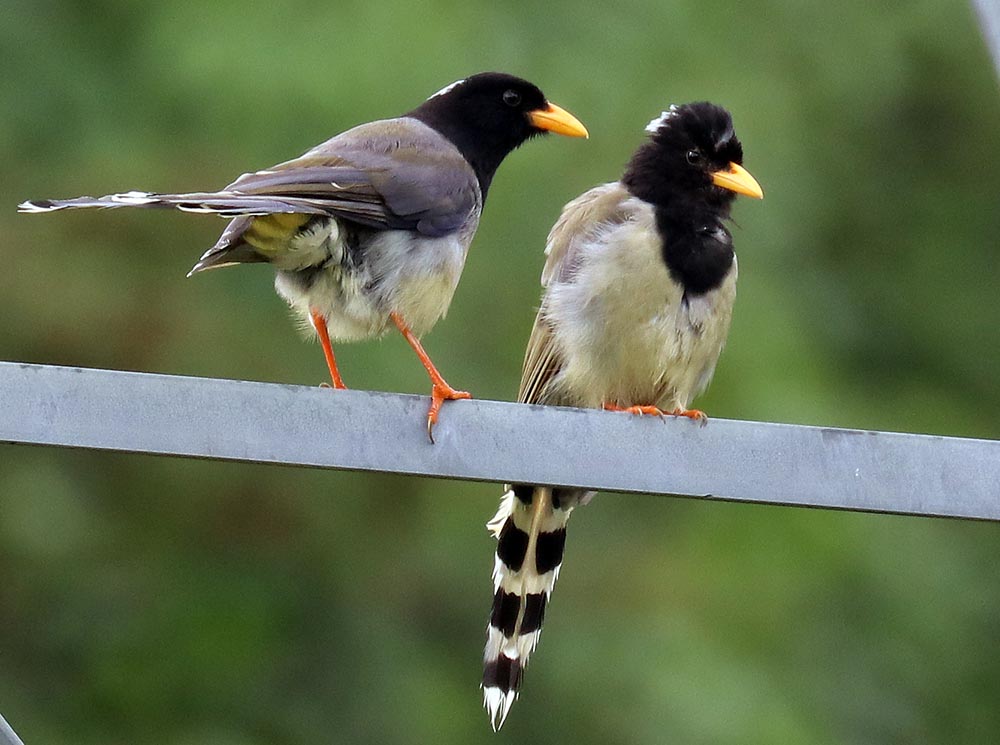
The higher altitude and cooler temperatures, as well as position on the edge of the Indo-Malayan and Palearctic biogeographical regions, results in groups of species that are much more Eurasian or even Holarctic in character. Such groups include the 'Tits' of the family Paridae. Below is Parus monticolus, the 'Green-backed Tit', mostly associated with mountain forests throughout northern mainland Asia.
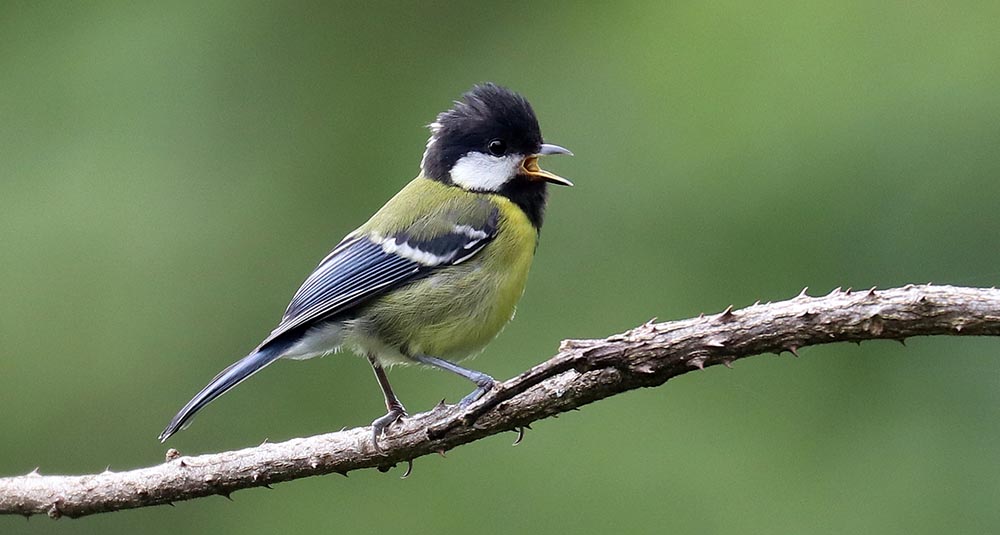 (Lampelri Gardens, Bhutan)
(Lampelri Gardens, Bhutan)There are lots of endemic smaller birds from obscure groups to look for, such as Cettia brunnifrons, the 'Grey-sided Bush warbler', from the family Cettiidae, the Cettid Bush Warblers.
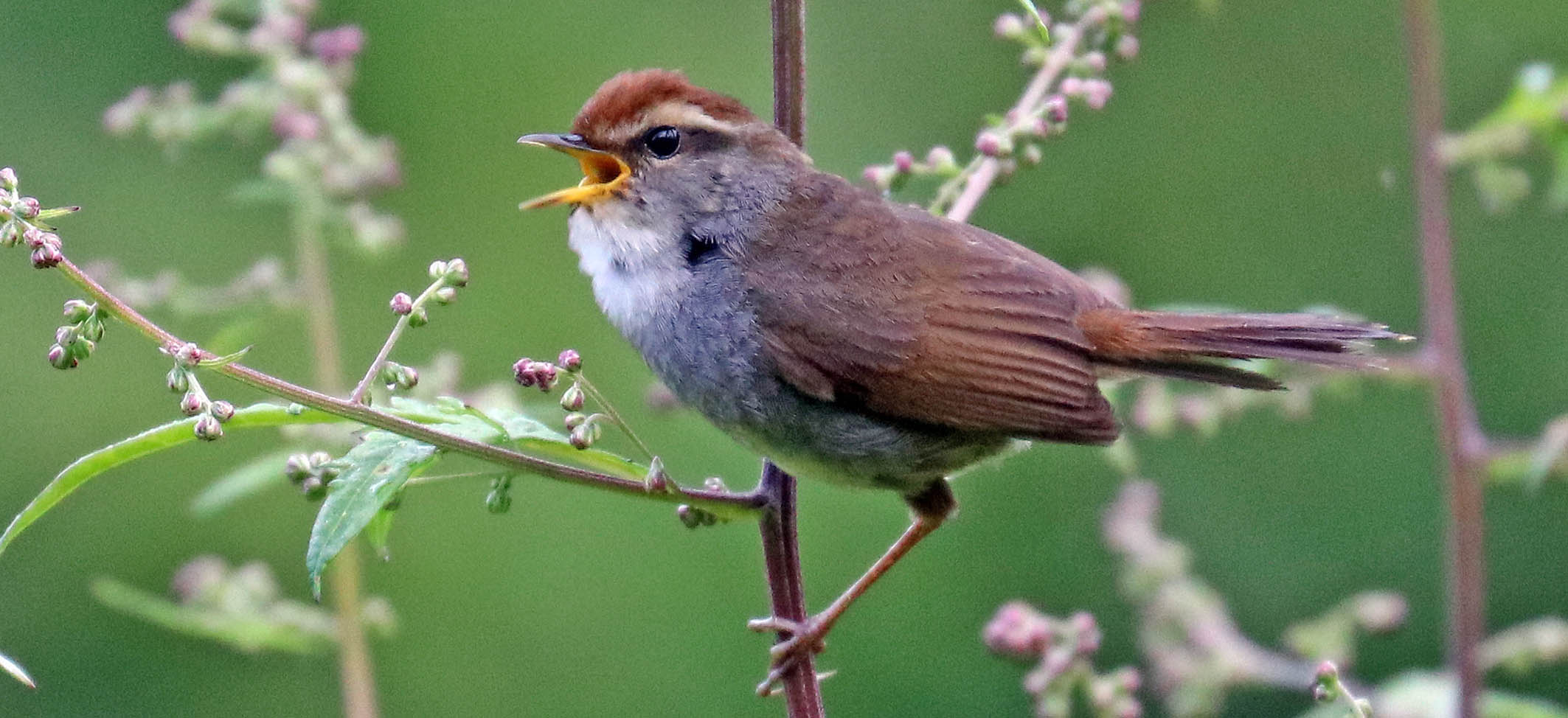
The family Zosteropidae contains the White-eyes but also includes one of the more obvious and distinct groups of small birds found in these forests; the cute crested 'Yuhinas'.
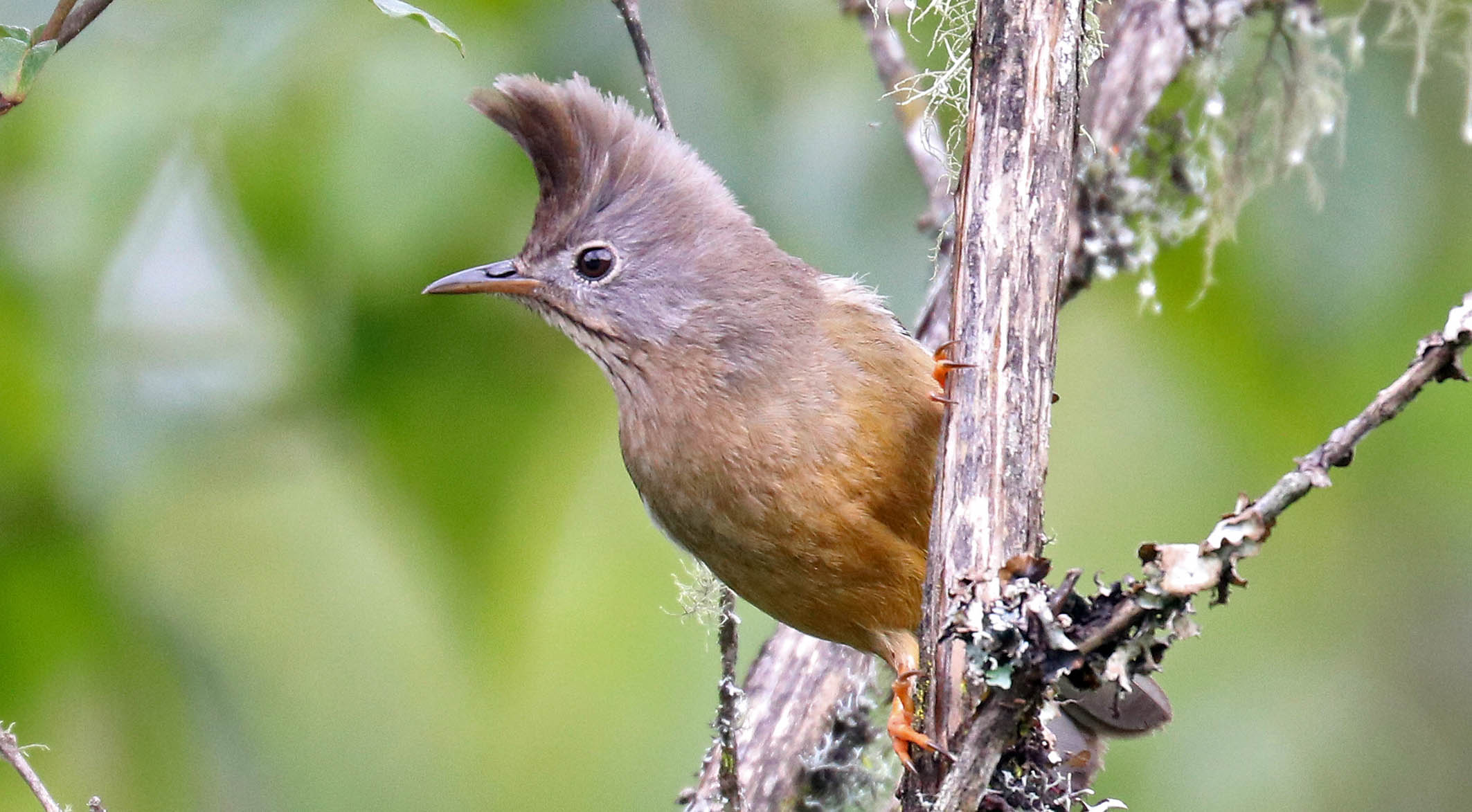 'Stripe-throated Yuhina' (Bhutan).
'Stripe-throated Yuhina' (Bhutan).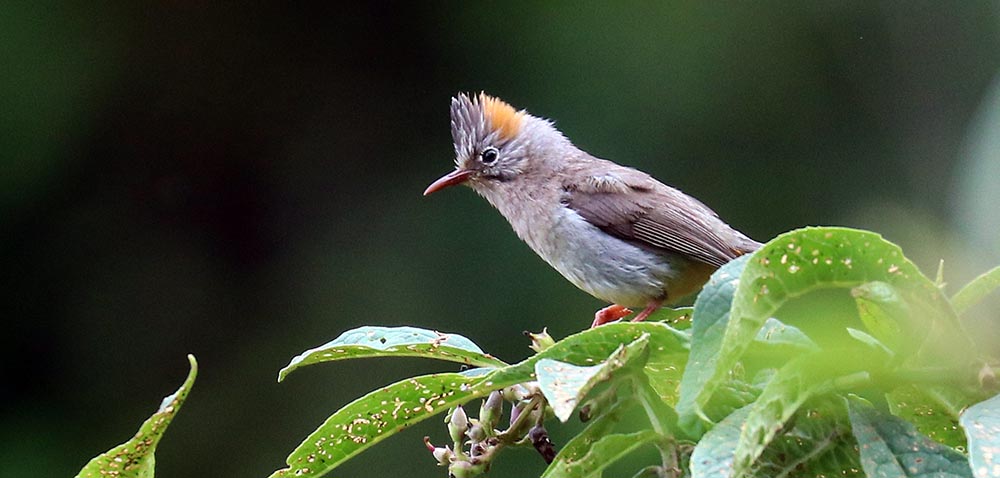 'Rufous-vented Yuhina' (Bhutan)
'Rufous-vented Yuhina' (Bhutan)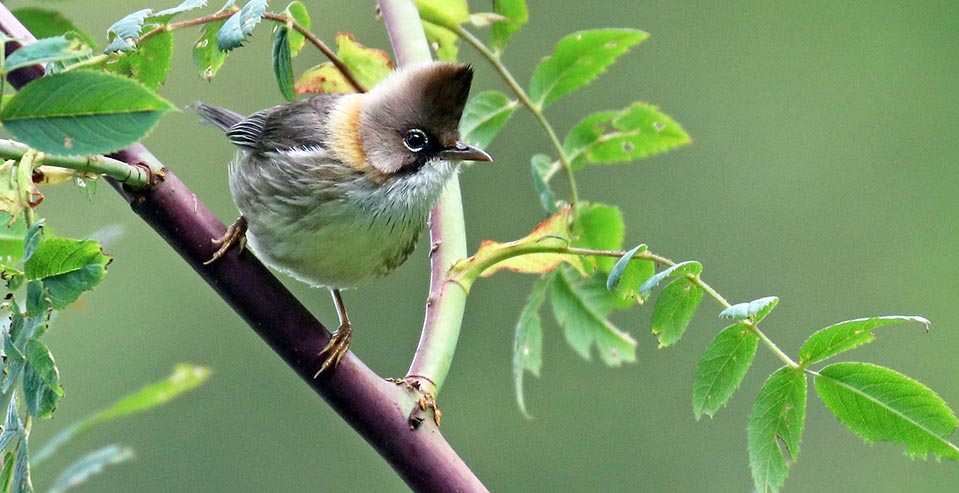 'Whiskered Yuhina', (Lampelri Gardens, Bhutan)
'Whiskered Yuhina', (Lampelri Gardens, Bhutan)And then there is the taxonomically confusing mess that includes many of the birds found in these cooler often higher altitude forests, including groups and species such as Parrotbills, Ground Babblers, Tree Babblers, Alcippe Fulvettas, Paradoxornithidae Fulvettas and all the Laughing Thrushes
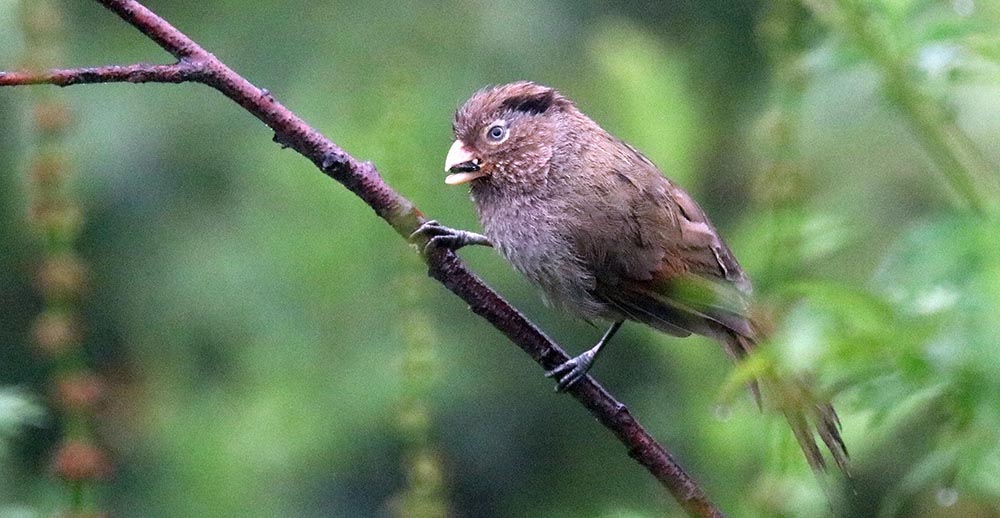 'Brown Parrotbills' are usually associated with bamboo growth in mountain forests in the Himalayas to southern China, (Lampelri Gardens, Bhutan).
'Brown Parrotbills' are usually associated with bamboo growth in mountain forests in the Himalayas to southern China, (Lampelri Gardens, Bhutan).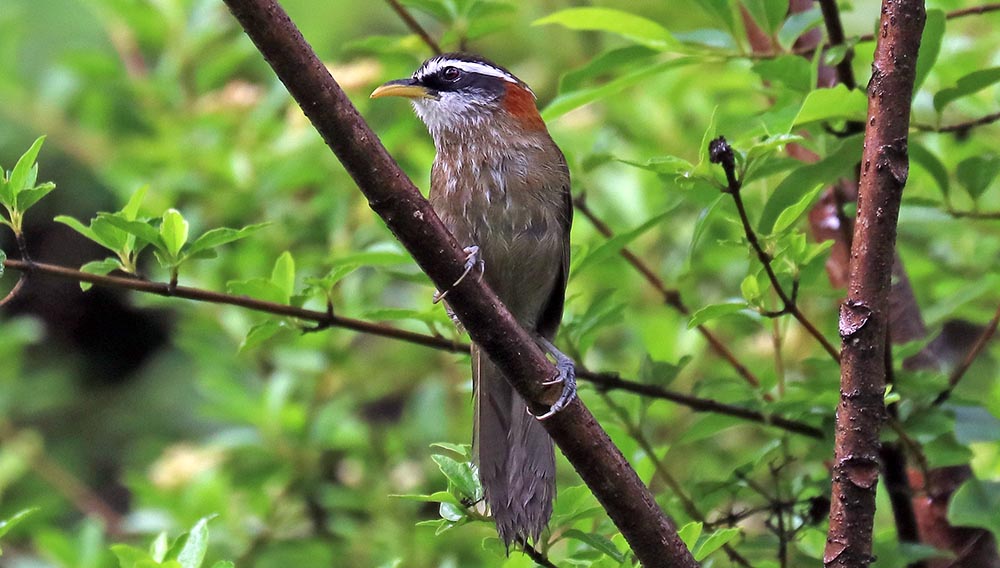 'Streak-breasted Scimitar Babbler' (Bhutan).
'Streak-breasted Scimitar Babbler' (Bhutan).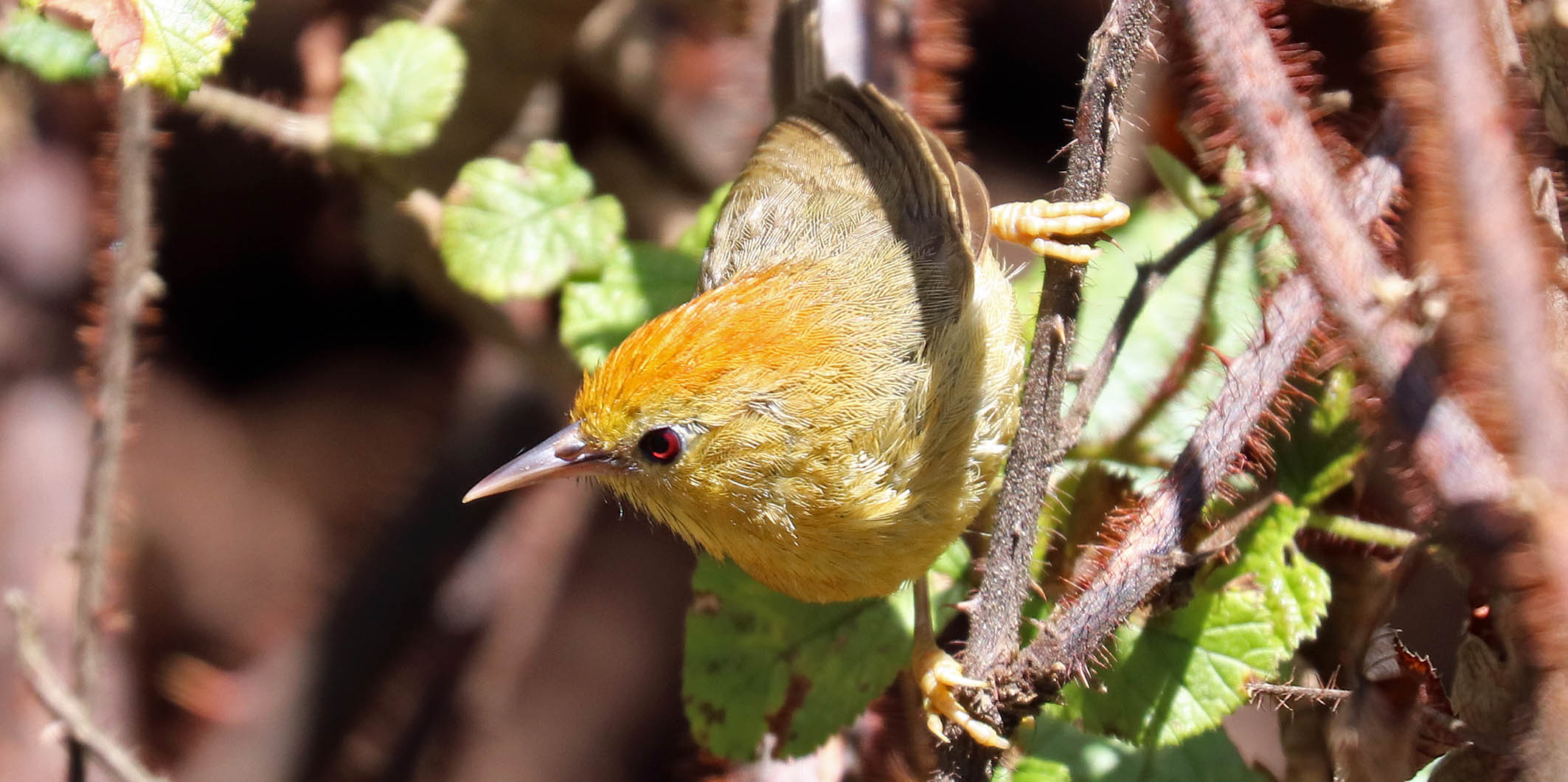 'Rufous-capped Babbler'.
'Rufous-capped Babbler'.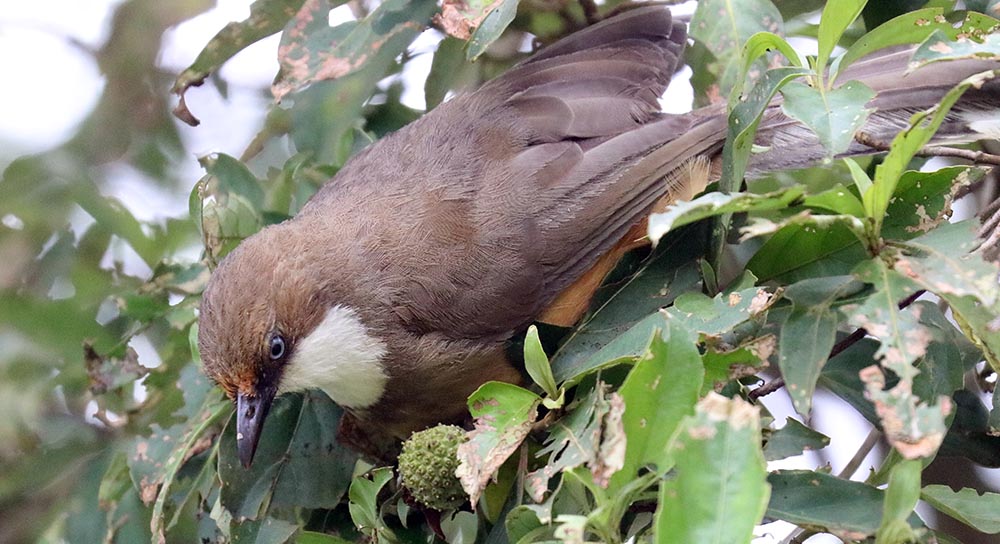 White-throated Laughing Thrush', (Lampelri Gardens, Bhutan).
White-throated Laughing Thrush', (Lampelri Gardens, Bhutan).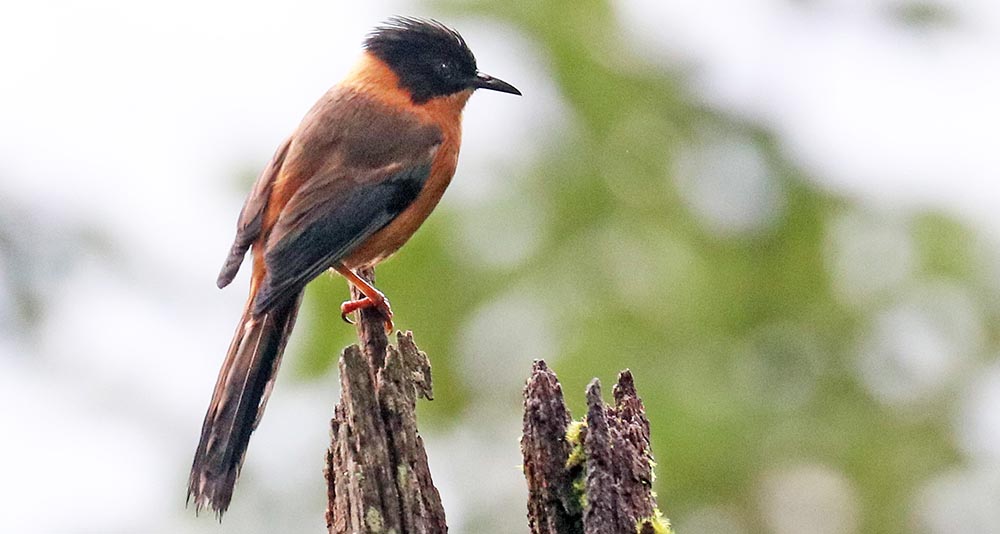 'Rufous Sibia'
'Rufous Sibia'And in as in the higher altitude forests of the Neotropics and Australasia, some of the prettiest birds are found in these cooler mountain forests, including some stunning species of sunbirds...
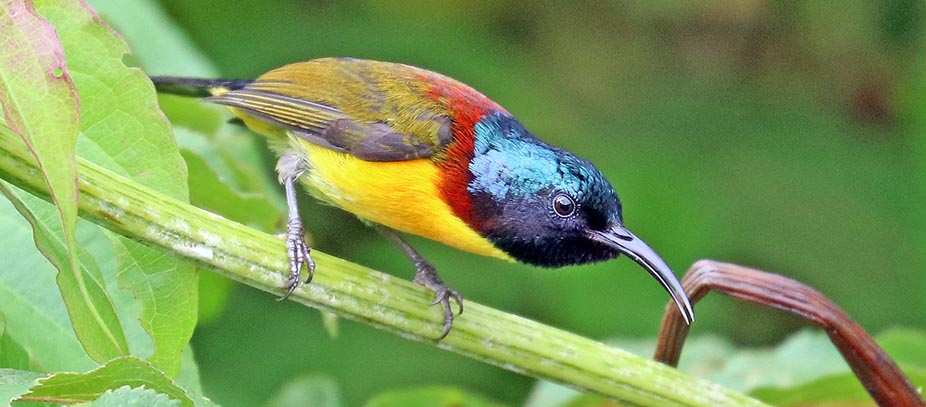 'Green-tailed Sunbird', (Lampelri Gardens, Bhutan)
'Green-tailed Sunbird', (Lampelri Gardens, Bhutan)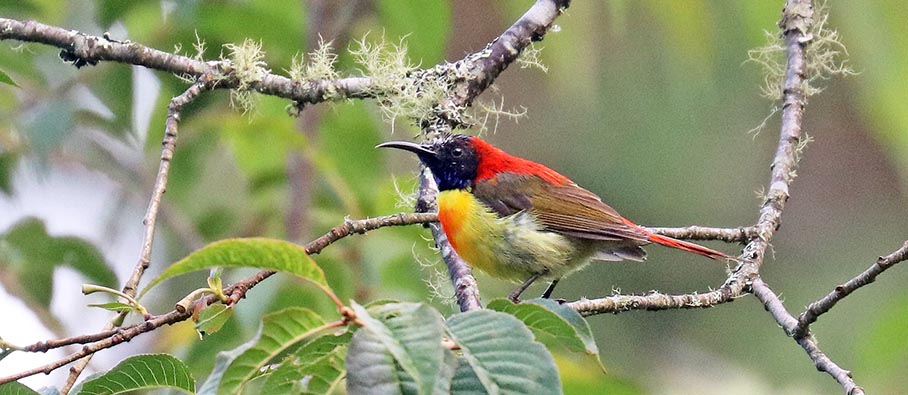 'Fire-tailed Sunbird', (Bhutan)
'Fire-tailed Sunbird', (Bhutan)The mammals that are common in the lower altitude forests of Asia, such as primates, are less common as you climb in height, but there are some species here, including the 'Himalayan/Nepal Grey Langur'.
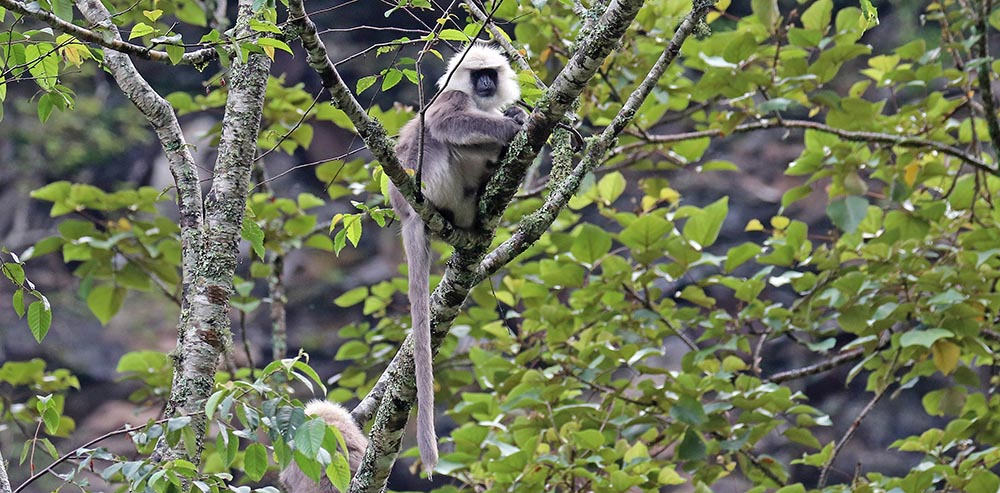
The 'Pika' of the family Ochotonidae are mammals that look like tiny rabbits with short ears. They tend to live in high mountain or cooler habitats, mostly across Eurasia, but also into North America.
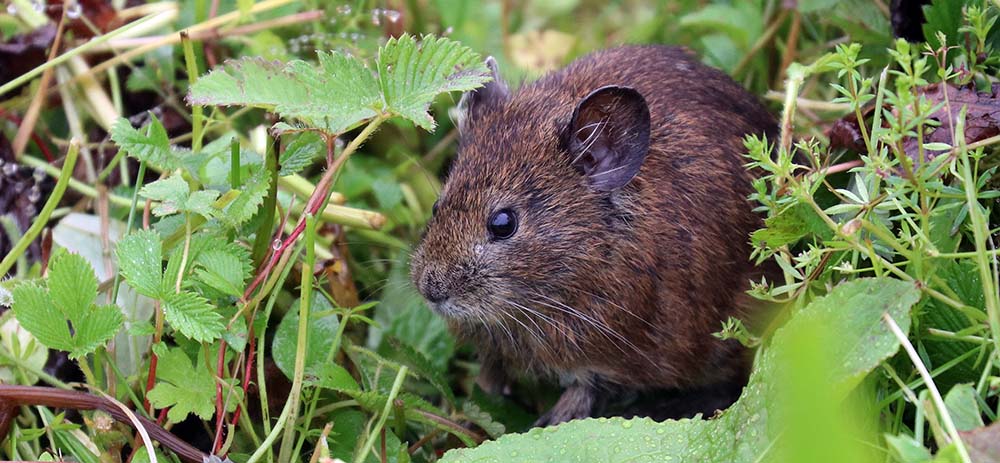
Places to experience the Asian montane temperate/subtropical broadleaf & conifer forests
In Bhutan, there is: Jigme Dorji National Park, and Lampelri Gardens.



